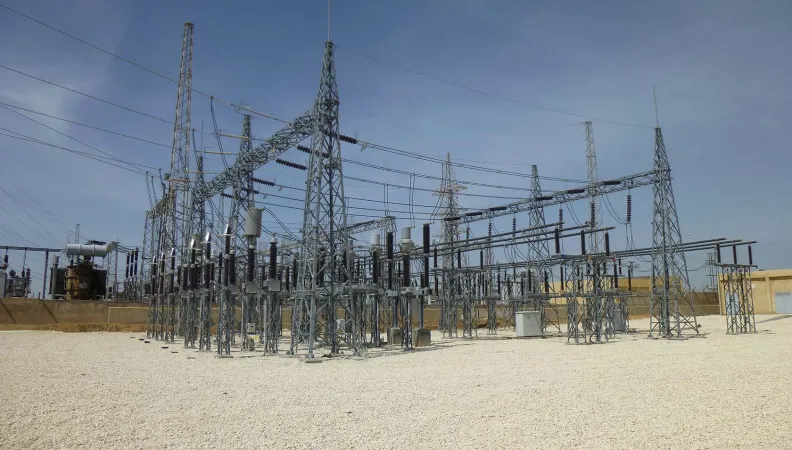Share the page
Green Corridor Power Transmission Project
Project


-
Project start date
-
Status
Ongoing
-
Project duration
-
2015-2022
-
AFD financing amount
-
US$ 54 900 000
-
Country and region
-
Location
-
Jordanie
-
Type of financing
-
Beneficiaries
-
National Electric Power Co (NEPCo)
Historically, the Hashemite Kingdom of Jordan has been extremely dependent on foreign fossil fuels for the functioning of its energy system, putting a heavy financial burden on the national budget and economy. These adverse conditions have led the Kingdom to pursue a higher share of renewables in its mix while steering a more ambitious decarbonisation trajectory.
Context
The project is a multi-component program designed to reinforce Jordan’s high-voltage electricity backbone network to integrate new renewable generation capacity located in the South, dispatch the production to the centers of consumption in the North, improve reliability of supply, reduce losses in the system, facilitate future regional interconnections and create job opportunities in the renewable energy sector.
Description
The project includes the following components:
1. Substations
- Construction of a new substation in New Ma’an, 400/132 kV with at least 2x400 MVA 400/132 kV transformers.
- Extension of Qatrana 400/132 kV substation for connecting second 400 kV double circuit line New Ma’an-Qatrana and 132 kV double circuit line Qatrana-Queen Alia.
- Extension of Queen Alia 132 kV substation for connecting 132 kV double circuit line Qatrana – Queen Alia.
2. Transmission lines
- In-out of the existing 400 kV double circuit line from Aqaba to Qatrana in New Ma’an substation.
- New 400 kV double circuit line from New Ma’an to Qatrana, 140 km long
- New 132 kV double circuit line from Qatrana to Queen Alia Airport area, 60 km long.
- Two 2.5 km 132 kV double circuit lines for the in-out connections of New Ma’an on the line Ma’an-Fujiji.
- Further improvements in the lines.
3. Technical assistance support for the implementation of the project
Impacts
- Economic development. Not having access to a reliable and available source of energy may undermine the prospects of economic growth and prosperity. This project allows the transmission of energy to areas in the Kingdom facing increasing demand as well as reduces the exposure of the economy to the volatility of imported fossil fuels.
- Social imbalance reduction. The project will unleash economic opportunities in some areas of the country suffering from social disparities and economic distress.
- Climate compatibility and GHG emissions reduction. Once the project has entered into operation, it will unlock an additional capacity in the system of up to 1,500 MW of renewable energy. This move towards renewables will reduce emissions by almost 2 million tCO2/year.


